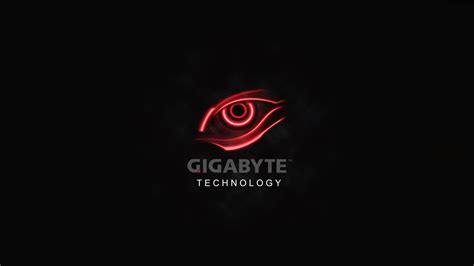Introduction
Gigabyte Technology Co., Ltd. is a Taiwanese manufacturer and distributor of computer hardware. Founded in 1986, the company has grown to become one of the world’s leading motherboard and graphics card manufacturers. Throughout its history, Gigabyte has been involved in various controversies and has also introduced numerous innovations that have shaped the computer hardware industry.
Gigabyte’s Controversies
Capacitor Plague (2002-2005)
In the early 2000s, Gigabyte and several other motherboard manufacturers were affected by the “Capacitor Plague.” This issue stemmed from the use of faulty capacitors supplied by a third-party manufacturer, which led to premature failure and system instability. Gigabyte initially denied the problem but later acknowledged it and offered free replacements for affected motherboards.
Exploding Power Supply Units (2011)
In 2011, Gigabyte faced controversy when some of its power supply units (PSUs) were reported to have exploded. The issue was traced back to a faulty batch of capacitors used in the PSUs. Gigabyte issued a recall for the affected units and offered replacements to customers.
BIOS Update Bricking Motherboards (2019)
In 2019, Gigabyte released a BIOS update for its X570 motherboards that caused some boards to become unresponsive or “bricked.” The company quickly pulled the update and provided a solution for affected users to recover their motherboards using a special BIOS file and recovery process.
Gigabyte’s Innovations
Ultra Durable Motherboards (2006)
In 2006, Gigabyte introduced its Ultra Durable motherboard technology, which featured high-quality components, such as solid capacitors and ferrite core chokes, to improve motherboard reliability and longevity. This innovation set a new standard for motherboard durability and was quickly adopted by other manufacturers.
3D Power (2010)
Gigabyte’s 3D Power technology, introduced in 2010, was designed to improve power delivery and stability for the CPU and other components. This innovation used digital power controllers and high-quality components to ensure clean, stable power delivery, resulting in better system performance and overclocking potential.
G1-Killer Gaming Motherboards (2011)
In 2011, Gigabyte launched its G1-Killer series of gaming motherboards, which featured high-end audio, networking, and graphics capabilities. These motherboards were designed specifically for gamers and enthusiasts, offering features like creative sound blaster audio, Killer E2100 networking, and support for multiple graphics cards.
UEFI DualBIOS (2011)
Gigabyte’s UEFI DualBIOS, introduced in 2011, provided a user-friendly graphical interface for BIOS settings and a backup BIOS chip for added protection against BIOS failures. This innovation made it easier for users to navigate and adjust BIOS settings while also providing a failsafe in case of a corrupted BIOS.
RGB Fusion (2017)
In 2017, Gigabyte introduced its RGB Fusion technology, which allowed users to synchronize RGB lighting across compatible Gigabyte components and peripherals. This innovation provided a cohesive and customizable lighting experience for users who wanted to personalize their systems.

Frequently Asked Questions (FAQ)
-
Q: How did Gigabyte handle the Capacitor Plague issue?
A: Gigabyte initially denied the Capacitor Plague problem but later acknowledged it and offered free replacements for affected motherboards. -
Q: What caused some Gigabyte power supply units to explode in 2011?
A: The issue was traced back to a faulty batch of capacitors used in the power supply units. Gigabyte issued a recall for the affected units and offered replacements to customers. -
Q: What is Gigabyte’s Ultra Durable motherboard technology?
A: Ultra Durable is a technology introduced by Gigabyte in 2006 that features high-quality components, such as solid capacitors and ferrite core chokes, to improve motherboard reliability and longevity. -
Q: What is the purpose of Gigabyte’s RGB Fusion technology?
A: RGB Fusion, introduced in 2017, allows users to synchronize RGB lighting across compatible Gigabyte components and peripherals, providing a cohesive and customizable lighting experience. -
Q: How did Gigabyte address the BIOS update issue that bricked some X570 motherboards in 2019?
A: Gigabyte quickly pulled the problematic BIOS update and provided a solution for affected users to recover their motherboards using a special BIOS file and recovery process.
Conclusion
Throughout its history, Gigabyte has faced various controversies, such as the Capacitor Plague, exploding power supply units, and BIOS update issues. However, the company has also introduced numerous innovations that have contributed to the advancement of the computer hardware industry. From Ultra Durable motherboards and 3D Power technology to G1-Killer gaming motherboards and RGB Fusion, Gigabyte has consistently pushed the boundaries of what is possible in terms of performance, reliability, and user experience.
Despite the challenges and controversies faced along the way, Gigabyte remains a major player in the computer hardware market, known for its high-quality products and commitment to innovation. As the industry continues to evolve, it will be interesting to see how Gigabyte adapts and contributes to the ever-changing landscape of computer hardware technology.






Leave a Reply